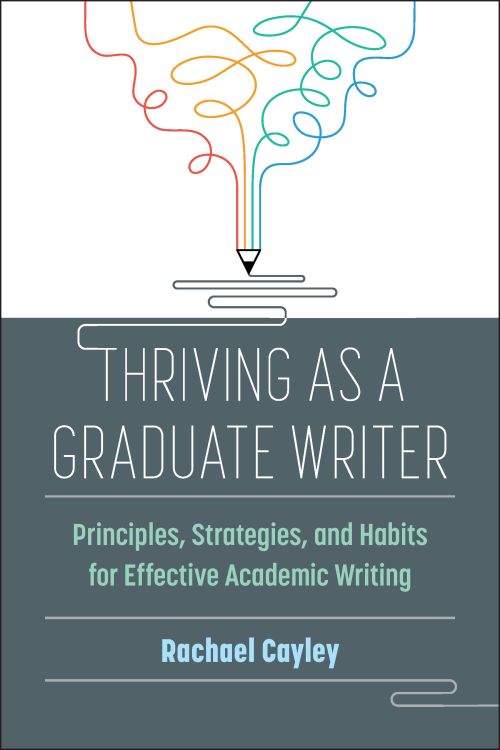Today I am going to talk about colons. Before we look at the stylistic advantages of using colons, let’s look at the rules of colon use. In fact, let’s look at the only rule of colon use: a colon should appear after a complete sentence. In other words, don’t put a colon in the middle of a sentence:
This paper will consider: strategy, structure, personnel, and process.
The writer has presumably used a colon here because what follows is a list. But the decision about colon use actually needs to be made on the basis of what precedes the colon. This example is no different, logically, than the following: ‘I went to the store to buy: milk and eggs.’ In both cases, the colon is redundant because the items being listed are part of the sentence. Now consider a slight modification:
This paper will consider four areas of inquiry: strategy, structure, personnel, and process.
In this case, we have a complete sentence before the colon. If we want to go on to say what those four areas of inquiry are, we need to provide that information separately. A colon allows us to indicate that what follows will provide the information necessary to complete the thought found in the first sentence. Note that what follows a colon need not be a full sentence; single words, phrases, and full sentences can all appear after a colon.
With one simple rule—a colon should appear after a complete sentence—we are ready to see the stylistic advantages of the colon. Here are the three possible versions of our example:
This paper will consider: strategy, structure, personnel, and process.
This paper will consider four areas of inquiry: strategy, structure, personnel, and process.
This paper will consider strategy, structure, personnel, and process.
The final version seems to me to be the best. The first version, as we have seen, is incorrect, and the second version, while perfectly acceptable, seems a bit ponderous. In a sentence this simple, there is no need for a full sentence to introduce a list. (I might change my assessment of the second version if these ‘four areas of inquiry’ had ongoing structural significance for the paper; in that case, identifying them as such might be valuable.) If you find yourself putting a redundant colon in the midst of a simple list, you can just take it out and carry on. If, however, you find such a colon in a more complex sentence, it may be trying to tell you something. Consider this example:
This paper will consider: the nature of strategy in the high-tech industry in the period starting in 1983, the structure, both financial and organizational, of CHX Corporation, the management of personnel in this company at this time, and the process whereby the company came to occupy such a dominant market position.
In this case, the colon—while still technically redundant—is definitely there for a reason. The author used a colon in response to an inkling that the reader would need to know that a list is coming. So, in this case, try keeping the colon and adding the requisite words to create a full sentence before that colon.
This paper will consider four areas of inquiry: the nature of strategy in the high-tech industry in the period starting in 1983; the structure, both financial and organizational, of CHX Corporation; the management of personnel in this company at this time; and the process whereby the company came to occupy such a dominant market position.
(You will see that I have also added semicolons in the place of commas between the list items; I have done so because one of the list items had internal commas, which will potentially inhibit the readers’ ability to understand the list. I will address this issue in more detail in a future post on writing effective lists.)
I will end by commenting on the way that colons can be an efficient and elegant way to convey the relationship that exists between parts of your writing. Here is a sentence that I used at the outset of this post:
In fact, let’s look at the only rule of colon use: a colon should appear after a complete sentence.
Here a colon allows us to fulfill the promise of the first sentence without belabouring the point. We don’t have to say ‘In fact, let’s look at the only rule of colon use, which is that a colon should appear only after a complete sentence.’ The version with the colon is, in my view, preferable since it uses fewer words and avoids a commonplace pattern of subordination.
If you have questions about colons or thoughts about the role they play in academic writing, please leave them in the comments below.



